Itinerary edited by UNIVERSITY OF CHIETI-PESCARA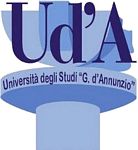

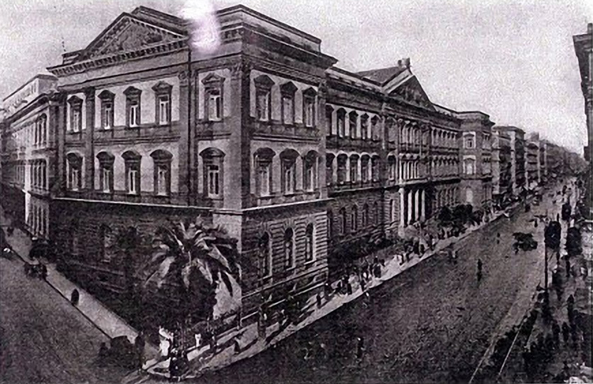
Physician, geologist, naturalist and teacher. Florindo Rocchetti was born in Torrevecchia Teatina (CH) on 17th June, 1820, and died in 1867. He studied for six years in the Seminary of Chieti, and then in 1842 he went to the University of Naples to study Medicine, and graduated four years later. Back in Abruzzo, he worked for five years as a general practitioner in Ripa Teatina (CH).
During his years in Naples, he met and became a friend of Michele Tenore, Rector of the botanical garden and lecturer at the University, from whom Rocchetti received a large number of plants that he himself had classified.
In 1854 he became Professor of Chemistry and Pharmacy at the Royal Upper Secondary School (Liceo classico) of Chieti, which at the time was housed in the University Faculty.
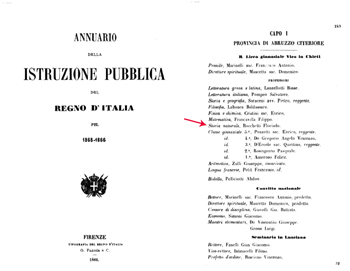
In 1863, he also taught Pharmaceutical Chemistry at the Royal Upper Secondary School of L’Aquila. In 1864-1865 he formed the ornithological section of the Laboratory of Natural Sciences in the school, and in this same year, he published his ‘Essay on Natural History Studies of Chieti hill’.
In his studies and research on animal and plant species, Rocchetti consulted his lecturer friend, Prof. Olimpio Coletti.
Rocchetti was also an expert geologist. Indeed, he set up a mineralogical laboratory that included 800 types of minerals, and with the help of his students, he carried out geological surveys of Chieti hill. Moreover, he gathered and classified many species of plants that he collected on the Majella mountain for his herbarium, known as the ‘Abruzzo Flora’. He also created a beautiful botanical garden near St. Andrew's walk, close to the Town Hall (Villa Comunale).
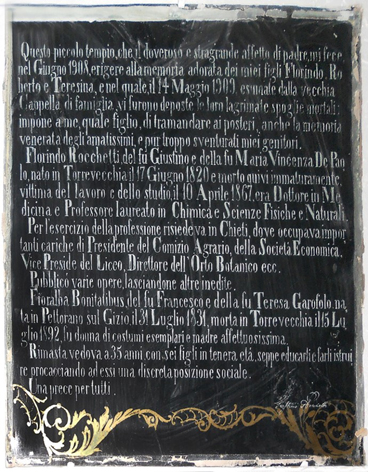
Audio file: Naples and Michele Tenore
 The Upper Secondary School (Liceo classico) of Chieti, named after Gian Battista Vico, is a state educational institute with origins that date back to 1640. With his will of 18th May, 1636, the Chieti nobleman Giovanni Francesco Vastavigna appointed the Piarist Fathers of the Pious Schools as his heirs, with the condition that they had to settle in Chieti. This thus led to the opening of the Upper Secondary School on 8th November, 1640. Soon after, the Fathers felt the need to enlarge the site and conceived the construction of a large college with an adjoining church. With the help of many benefactors, the dream of the Piarists became reality.
The Upper Secondary School (Liceo classico) of Chieti, named after Gian Battista Vico, is a state educational institute with origins that date back to 1640. With his will of 18th May, 1636, the Chieti nobleman Giovanni Francesco Vastavigna appointed the Piarist Fathers of the Pious Schools as his heirs, with the condition that they had to settle in Chieti. This thus led to the opening of the Upper Secondary School on 8th November, 1640. Soon after, the Fathers felt the need to enlarge the site and conceived the construction of a large college with an adjoining church. With the help of many benefactors, the dream of the Piarists became reality.
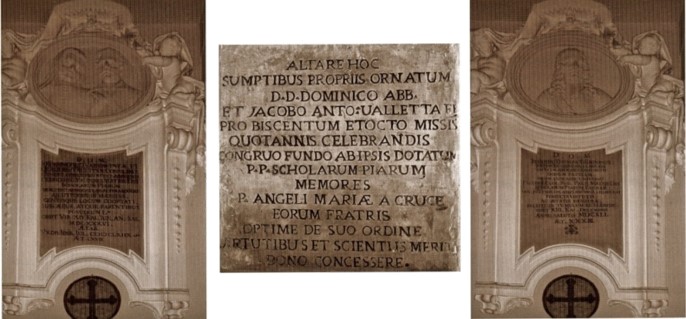
In the Church of the new St. Domenico there are still three commemorative plaques that recall the generosity of the spouses Giacomo Vastavigna and Claudia Taultino, of Tommaso Valignani and of Giacomo Antonio La Valletta.
In 1861, the unified Kingdom adopted the Casati Law for the new Organisation of Education. According to this law, upper secondary schools had to be provided with a small museum of Natural History and a Laboratory for Physics and Chemistry. The Royal Upper School in Chieti had good provisions for scientific education even before the Casati Law was issued. With the new legislation, these provisions were increased, thanks to the ‘particularly motivated’ teachers.
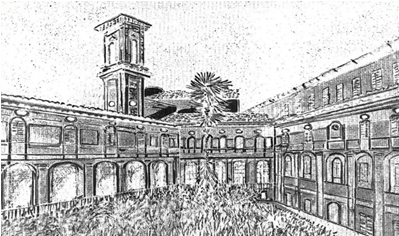
Audio file: History of the "G. B. Vico" Upper Secondary School
Audio file: The "G.B. Vico" Upper Secondary School
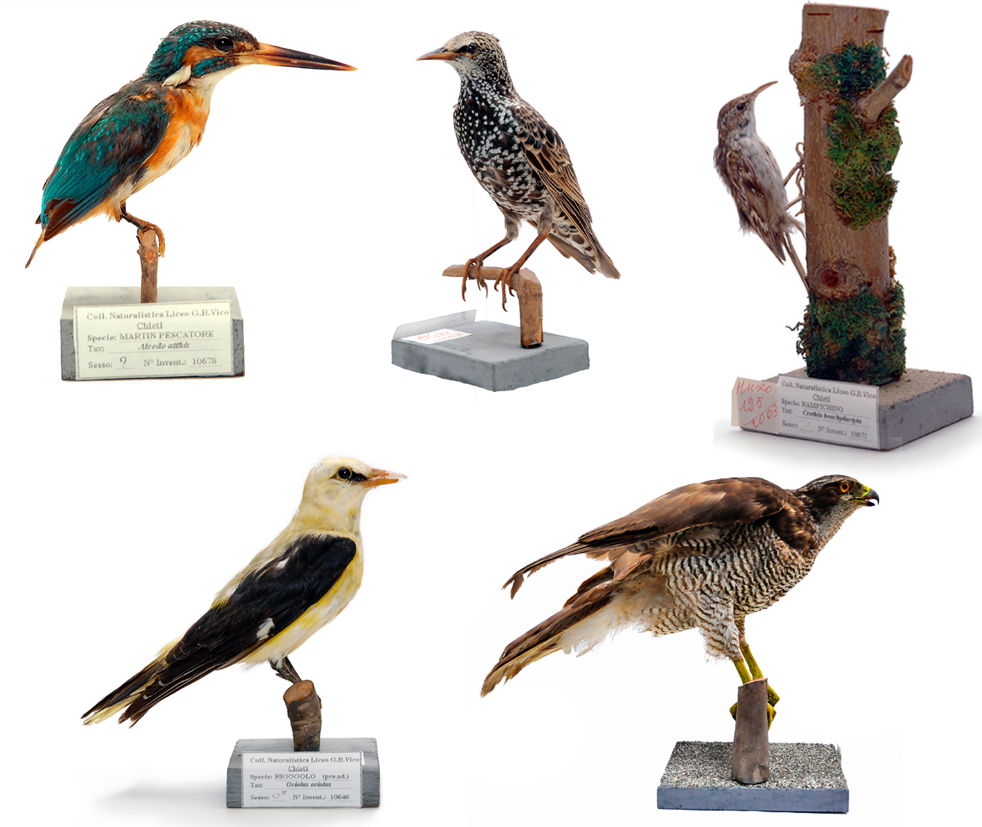
The ornithological section of the Natural Sciences Laboratory initially included 113 specimens that were collected not only by Prof. Rocchetti and his students, but also by other enthusiastic naturalists whom Rocchetti himself recalled and warmly thanked in a short note in his ‘Essay on Natural History Studies of Chieti hill’. Currently, perhaps because of negligence and of the many transfers, the number of specimens is drastically reduced, at 39. All of the animals were prepared and classified by Prof. Rocchetti.
The original description plates can still be seen under the wooden supports of the animals.
 Additional notes on the characteristics of the collected birds were added by Rocchetti himself in his ‘Essay on Natural History Studies of Chieti hill’. These captions and notes are very important documents and provide us with useful information on the places of discovery and capture of the specimens, the people who were involved in the research, in terms of both the collection and processing of the specimens, and finally also information regarding the generally recurrent seasonal visits of certain families of birds.
Additional notes on the characteristics of the collected birds were added by Rocchetti himself in his ‘Essay on Natural History Studies of Chieti hill’. These captions and notes are very important documents and provide us with useful information on the places of discovery and capture of the specimens, the people who were involved in the research, in terms of both the collection and processing of the specimens, and finally also information regarding the generally recurrent seasonal visits of certain families of birds.
Three-dimensional reconstruction of a kingfisher
Videos on the art of taxidermy
History
Prof. Florindo Rocchetti also created a beautiful botanical garden, which was located on a plot at the bottom of the St. Andrew’s Walk in the area where Chieti Town Hall (Villa Comunale) is today. This garden was mentioned in the journal ‘New Italian Botanical Journal: Memories of the Italian Botanical Society’.

The ‘New Italian Botanical Journal: Memories of the Italian Botanical Society’ is a journal that was founded in 1869 by Odoardo Beccari. The journal is structured in three sections: ‘Original Memories’, designed to receive original botanical studies in Italian or Latin, ‘Botanical Literature’, designed to receive reviews and summaries of botanical publications, and ‘Botanical News’, designed to receive short summaries of scientific observations or news from the scientific society.
In volume XXVIII, issue 1, of January 1921, on pages 90, 98 and 104, Professor Armando Villani listed plants that were cultivated in the St. Andrew garden in Chieti, and reference is made to the activities of Professor Florindo Rocchetti.
As a natural history lover, Florindo Rocchetti gathered and classified many hundreds of plants in a herbarium known as ‘Abruzzo Flora’, most of which were collected on Majella mountain.

17th June 1820 Born in Torrevecchia Teatina (CH)
1832-1838 Studied at the ‘San Pio X’ Pontifical Regional Seminary of Chieti
1842 Moved to Naples
1842-1846 Completed his University studies and graduated in Medicine at the University of Naples
1849 Became a general practitioner (GP) in Ripa Teatina
1854-1861 Appointed to the Chair of Chemistry and Pharmacy at the Royal Upper Secondary School of Chieti
1863 Appointed to teach Pharmaceutical Chemistry at the Royal Upper Secondary School of L'Aquila
1864-1867 Appointed as Professor of Natural History at the ‘G.B. Vico’ Upper Secondary School of Chieti
1865 Published his ‘Essay on Natural History Studies of Chieti hill’
1867 Florindo Rocchetti died
 Naples
Naples  Ripa Teatina
Ripa Teatina  L'Aquila
L'AquilaMICHELE TENORE
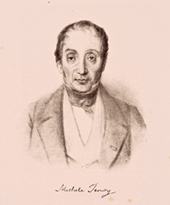
Michele Tenore was of Abruzzo origins and had a passion for Botany, although he studied Medicine at the University of Naples, from where he graduated in 1800.
In 1805, as a medical doctor of the Principality of Cardito, he travelled through Italy and met important botanists, including foreign ones. In the meantime, he was involved in the creation of the Botanical Garden of Naples, which was established in December 1807, next to the Royal Hostel for the Poor, and of which he became Director in 1810.
In 1811 he succeeded Petagna in the Chair of Botany of Naples.
Michele Tenore is the author of ‘The Flora of Naples’ (Flora Napolitana), a monumental work that was published in instalments from 1810 to 1838.
This work is one of the first surveys of the flora in southern Italy. It describes 400 new species and over 3400 vascular plants. Even today, the ‘Flora Napolitana’ is an important resource for scholars in Botany, and in particular for those interested in the flora of southern Italy.
To celebrate the Abruzzo origins of Michele Tenore, the Botanical Garden in the heart of the Majella National Park is now named after him.
OLIMPIO COLETTI
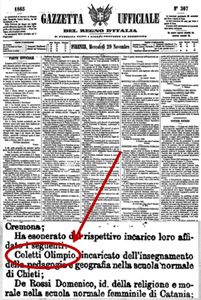
Professor Olimpio Coletti was commissioned by the Ministry of Education as the Director of the Teacher Training College of Chieti (1865), and he was a teacher of Arithmetics and the Physical and Natural Sciences.
The Colleges at that time were involved in the task of collecting the so-called "demonstration materials", particularly for the teaching of the Sciences.
Both Rocchetti and Coletti used teaching tools supplied by the school towards learning through direct experience, and they used to encourage the students to go out and discover the wonders of Nature through the collection of animals, minerals, fossils and plants.
D’Ettore G. (1996-1997). Il liceo classico G. B. Vico di Chieti, Tesi di laurea.
Moretti V. (1985). Testi antichi rari e di pregio. Selezione dal patrimonio bibliografico del Liceo G.B. Vico di Chieti. Chieti: Centro servizi culturali.
Villani A. (1921, Gennaio). Primo contributo allo studio della flora. Nuovo Giornale Botanico Italiano: memorie della Società botanica italiana, 18(1), p. 90, 98, 104.
Brizio F. (1884). Il Convitto Nazionale G.B. Vico in Chieti. Roma: Stabilimento tipografico italiano.
(1866). Annuario della Istruzione Pubblica del Regno d’Italia pel 1865-1866. Firenze: Tipografia del Regno d’Italia G. Faziola e C.
(1865). Gazzetta Ufficiale del Regno d’Italia, (307).
(1864-1865). Registro generale, Classe 3., Liceo di Chieti.